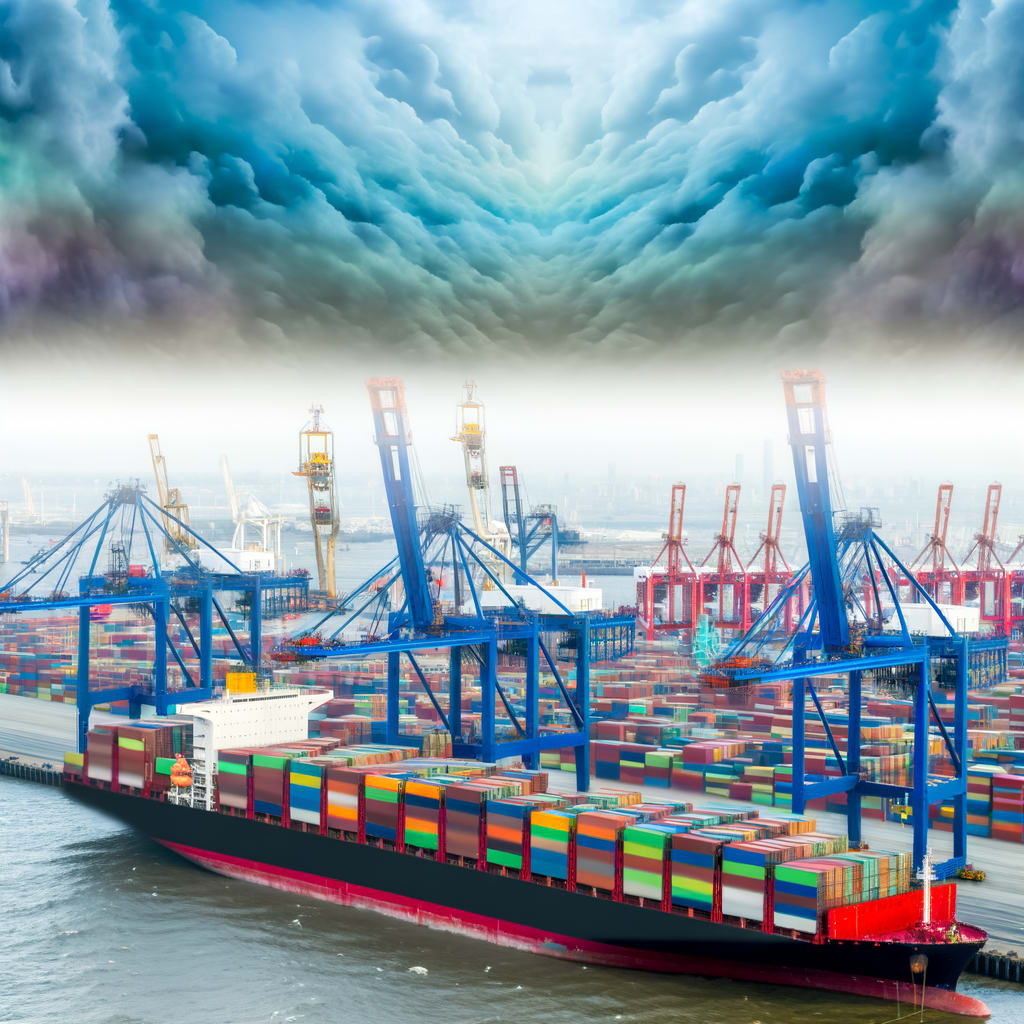US and China Implement Reciprocal Port Fees, Disrupting Global Shipping
In a move that marks a significant escalation in the ongoing trade war between the world's two largest economies, the United States and China have begun charging reciprocal port fees on shipping vessels. The fees, which came into effect on Tuesday, October 14, are expected to cause further turbulence in global shipping and trade, affecting a broad range of goods from petrol to toys.
Background and Context
The US decision, aimed at countering China’s dominance in commercial shipbuilding and revitalizing the American industry, was announced by the Office of the United States Trade Representative in April. The fees are set to disproportionately impact China-owned container carrier COSCO, which is expected to shoulder nearly half of the estimated $3.2 billion cost by 2026, according to The Hindu.
In retaliation, China has imposed its own port fees on US-linked vessels. These fees, approved by China’s cabinet, the State Council, will be levied on vessels owned or operated by US enterprises, organizations, and individuals, as well as on ships whose owners or operators are under US jurisdiction, as reported by the South China Morning Post.
Key Developments
In a move that mitigates the impact of these fees, China has exempted domestically built vessels and empty vessels arriving at its ports. This exemption is expected to limit the disruption to the global shipping industry, however, the sector still faces growing uncertainty as these new measures take effect.
Simultaneously, China has taken steps against US-linked units of South Korea shipbuilder Hanwha, according to The Hindu. The Chinese Commerce Ministry announced these measures on the same day the port fees were implemented.
Implications and Reactions
Despite these exemptions, analysts have warned that the new port fees risk distorting global freight flows
as reported by Al Jazeera English. The global shipping industry is bracing for disruption as the measures from both the US and China come into effect.
In light of these developments, shippers are quietly trying to improvise workarounds, with varying degrees of success
, according to the Japan Times. The introduction of these fees is set to make the high seas a significant front in the commercial war between the US and China.
Conclusion
As the situation unfolds, it is clear that the reciprocal port fees are a new challenge for the global shipping industry. Both the US and China show no signs of backing down in their ongoing trade conflict, leaving the world to navigate the turbulent waters of their dispute. The long-term effects of these fees on the shipping industry and global trade remain to be seen.

